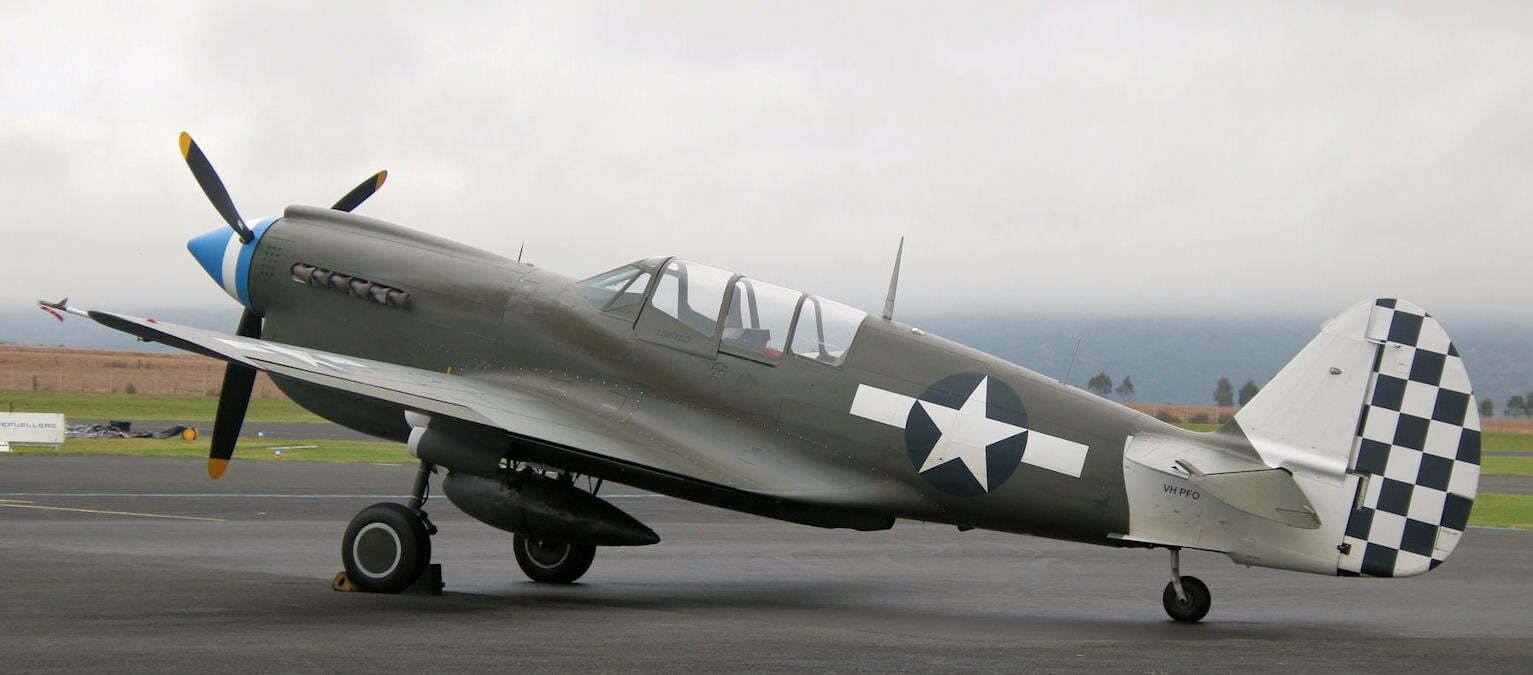Tag: Scone
-
Hunter Warbirds Aviation Museum

Hunter Warbirds Aviation Museum Located in the Upper Hunter town of Scone, and opened in March 2022, Hunter Warbirds is Australia’s newest aviation museum. Designed to house aircraft and display them to visitors in the best possible way it’s a modern state of the art museum. By car Hunter Warbirds is 300km north of Sydney… Read more
-
Warbirds Over Scone Air Show 2022

Warbirds Over Scone Air Show 2022 Having purchased tickets pre-covid, we were pleased to be finally going to the Warbirds Over Scone 2022. Unfortunately, the wet weather that has plagued the summer in Eastern Australia paid a visit. The Sunday we attended was particularly wet. Constant showers and low cloud cover resulted in no planes… Read more
-
Scone New South Wales Hunter Valley

Scone Scone is 280km north of Sydney in the Upper Hunter Valley. Famous for its horse breeding and agriculture, Scone has many historic buildings, making it s beautiful town to visit. Scone Visitor Information and Elizabeth Park Located on Kelly Street, the Visitor Information Centre and Elizabeth Park are a great place to start your… Read more